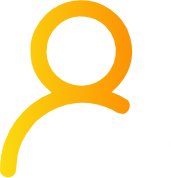Kpktoto bukan cuma satu situs doang, mereka juga punya beberapa situs cabang atau situs partner resmi yang bisa kamu akses. Biasanya situs-situs ini punya tampilan dan fitur yang mirip, tapi semuanya terhubung langsung ke server utama Kpktoto. Kalau kamu pengen daftar, pastikan kamu masuk lewat link resmi biar terhindar dari situs palsu atau scam. Cara paling gampang, cari situs yang udah punya lisensi resmi dan bisa verifikasi akun pakai nomor HP aktif. Situs resmi biasanya juga punya logo Kpktoto asli dan sistem live chat customer service.
Nama Kpktoto dikenal banyak pemain sebagai tempat main slot online dengan RTP (Return To Player) tinggi. RTP tinggi artinya peluang menang kamu lebih besar, dan itu pastinya jadi daya tarik utama buat para pemain slot. Slot yang paling sering kasih jackpot atau yang disebut Slot Gacor juga gampang dicari. Biasanya Kpktoto update rekomendasi slot gacor harian yang bisa dilihat langsung di halaman utama. Jadi, kamu tinggal pilih mana yang lagi hoki hari itu.
Sensasi Main Togel 5D Level Tinggi
Kalau biasanya orang cuma main togel 2D sampai 4D, Kpktoto sudah naik level dengan menyediakan permainan Togel 5D. Ini jenis togel dengan tebakan lima digit angka yang punya hadiah jauh lebih besar dibanding versi biasa. Cocok banget buat kamu yang suka tantangan dan pengen hasil kemenangan yang besar.
Main Togel 5D di situs kpktoto dijamin aman dan fair play karena mereka pakai sistem result resmi dari pasaran populer seperti Singapura, Hongkong, dan Sydney. Setiap angka keluar bisa dicek langsung dari sumber aslinya, jadi hasilnya benar-benar transparan.
Bonus & Promo Kpktoto Paling Dermawan
Kenapa Kpktoto disebut sebagai Situs Termakmur? Karena mereka termasuk yang paling sering bagi-bagi bonus dan promo tanpa syarat ribet. Mulai dari bonus new member, cashback harian, hingga event jackpot mingguan, semua ada dan gampang diklaim. Kpktoto juga sering kasih promo khusus buat member aktif, termasuk bonus deposit dan hadiah undian. Makanya banyak pemain yang betah lama-lama main di sini karena peluang menang dan cuan-nya beneran terasa.
Jadi kalau kamu lagi cari situs terpercaya buat main slot dan togel 5D, Kpktoto adalah pilihan yang sangat direkomendasikan. Dengan daftar situs resmi yang aman, koleksi game slot gacor, fitur togel 5D, serta promo melimpah, semuanya dirancang untuk kasih pengalaman bermain terbaik buat para membernya.














 Promosi
Promosi
 Login
Login
 Daftar
Daftar
 Live Chat
Live Chat